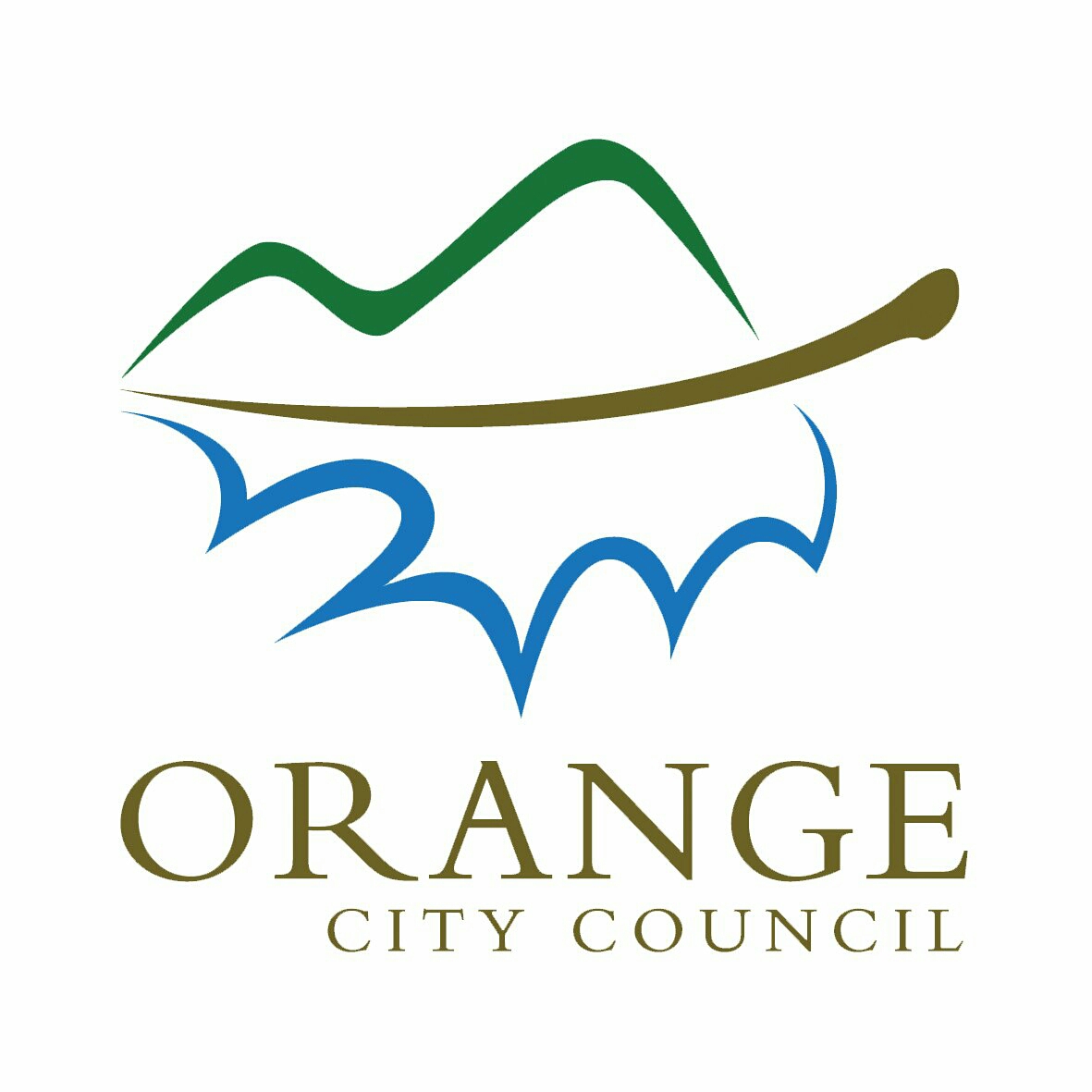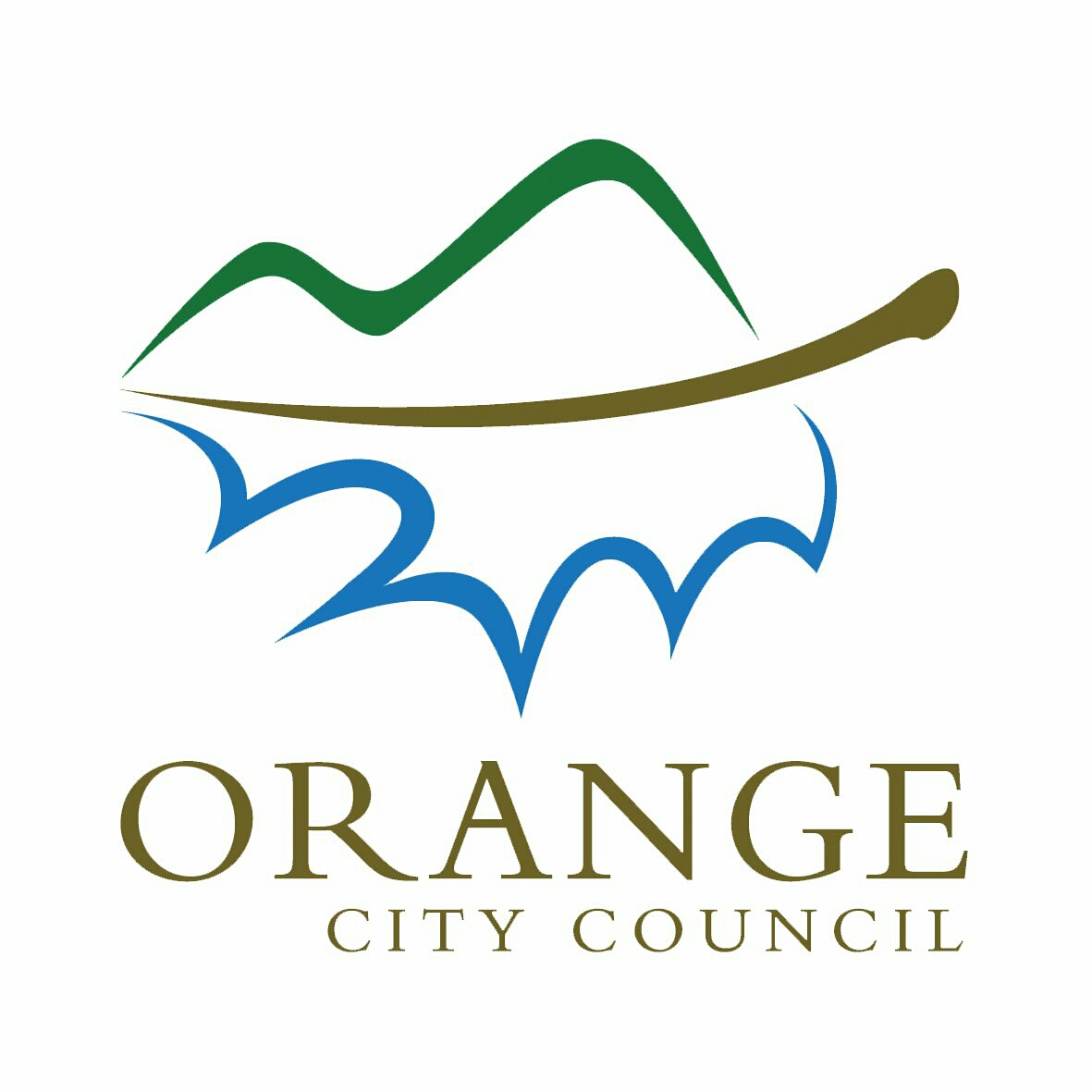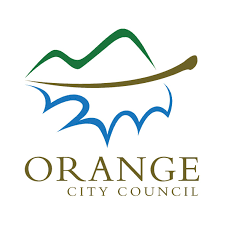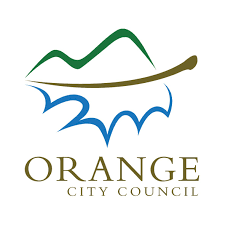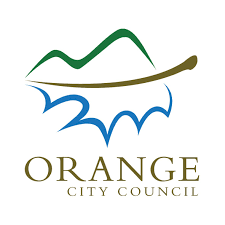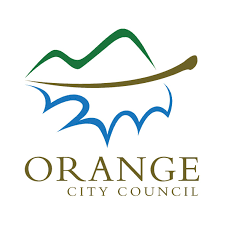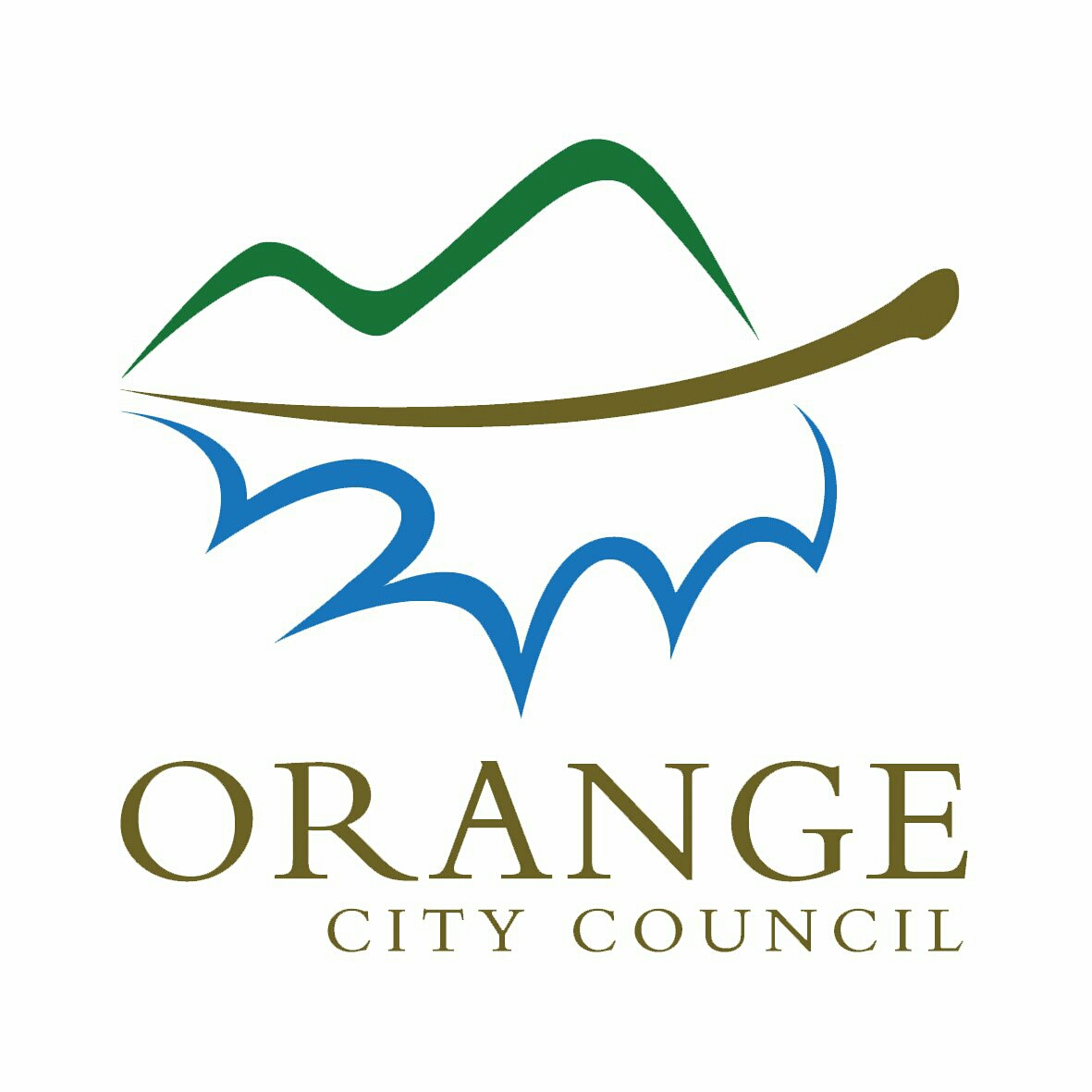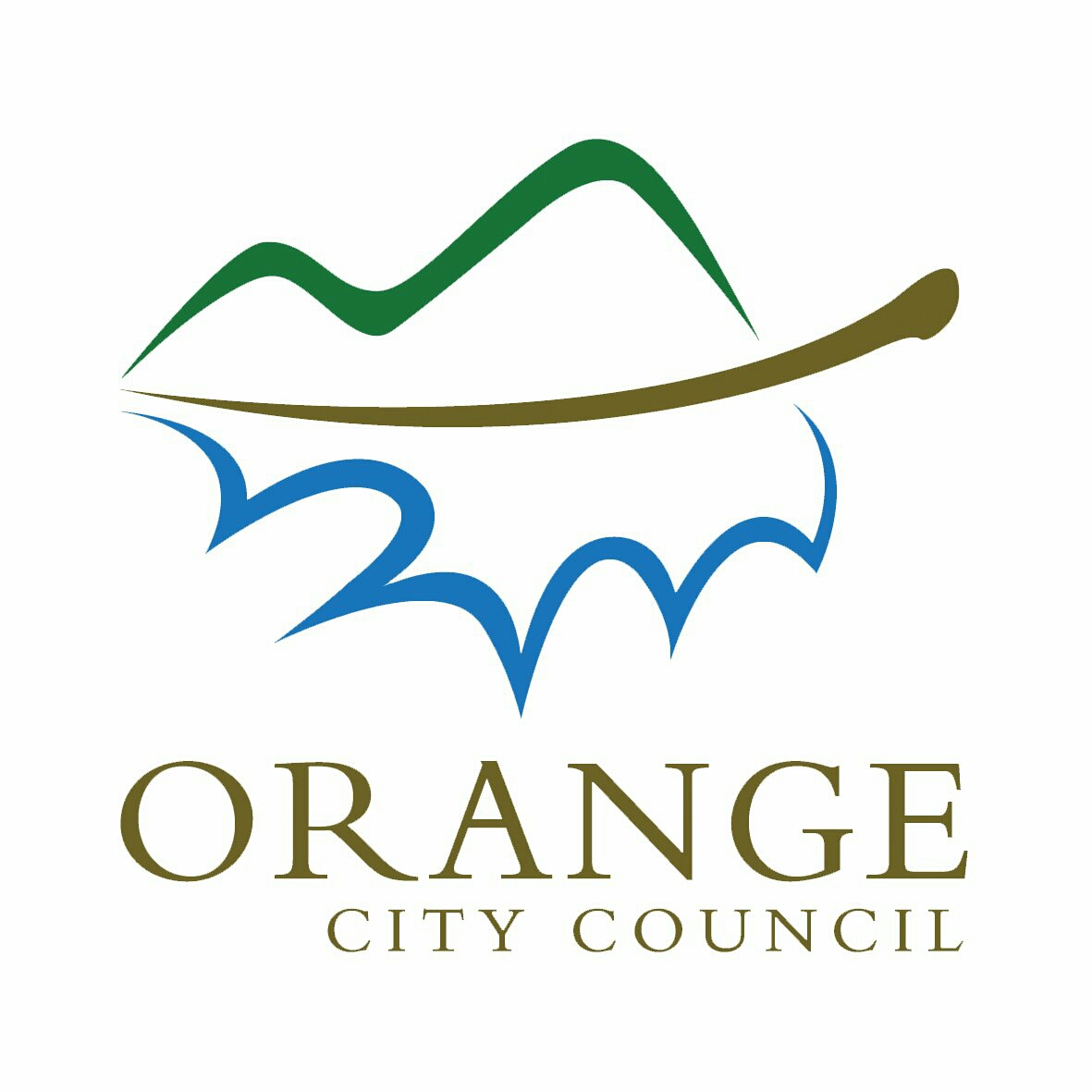Title Page
-
Business Trading Name
-
Conducted on
-
NB: Assessment report contains findings from date/time of inspection only
Food Premises Information
-
Type of inspection
-
Proprietor or Company Name
-
ABN/ ACN
-
Business Trading Name
-
Business Premises Address
-
Business Postal Address (if different to above)
-
Business Contact Email
-
Business Contact Number
-
Business Representative Interviewed
-
Food Safety Supervisor
-
Food Safety Supervisor Certificate Number
-
FSS certificate valid until:
-
Is the premises a fast choice?
-
Is nutritional information displayed correctly?
General Requirements
-
1. Food business has notified current details to Orange City Council Standard 3.2.2 clause 4
-
2. Food Safety Supervisor is notified and FSS is on the premises Food Act 2003 s.106
-
3. Food handlers have skills and knowledge to handle food safely Standard 3.2.2 clause 3
-
4. No sale of food that is damaged, deteriorated or perished; no use of cracked or dirty eggs or past use by date Food Act 2003 s.16/17
Food Handling Controls FSS 3.2.2
-
5. Food protected from the possibility of contamination; food receipt, storage, display and transport clause 5 (1), 6 (1), 7 (1)(b)(i), (8 (1)-(4) and 10 (a)
-
6. Names and addresses are available for manufacturer, supplier or importer of food clause 5 (2)
-
7. Potentially hazardous food (PHF) is under temperature control: food receipt, storage, display and transport; less than 5°C, above 60°C. Frozen food is hard frozen clause 5 (3), 6 (2), 8(5) and 10 (b) and (c)
-
8. Processing of foods; take all practicable measures to process only safe and suitable food; prevent likelihood of contamination; use process step if necessary clause 7 (1)
-
9. Cooked PHF is cooled rapidly (2+4 hr rule); items thawed correctly; processed quickly; clause 7 (2) and (3)
-
10. Reheating of PHF is rapid - oven, stove top or microwave; not in bain-marie 7 (4)
-
11. Self serve food bar is supervised, has separate utensils and sneeze guard clause 8 (2)
-
12. Food wraps and containers will not cause contamination. Packaging material fit for intended use. clause 9
-
13. Food for disposal is identified and separated from normal stock clause 11
Health and Hygeine FSS 3.2.2
-
14. Food Handlers wash and dry hands thoroughly using hand wash facilities clause 15 (4)
-
15. Food handlers avoid unecessary contact with ready to eat food or food contact surfaces by use of utensils, a gloved hand, food wraps clause 15 (1)(b) and 18 (3)(a)
-
16. Food handlers do not spit or smoke in food handling areas or eat over exposed food or food contact surfaces clause 15(1)(e)-(g) and clause 18(3)(c)
-
17. Food handlers take all practicable measures not to contaminate food/surfaces; have clean clothing, waterproof bandages clause 15 (1)(a) and (c) and 18 (3)(a)
-
18. Food handlers wash hands when contaminated; before commencing/recommencing work and after: using the toilet, coughing, sneezing, smoking, handling raw meat, cleaning clause 15 (2) and (3)
-
19. Food handlers do not handle food if ill (e.g. vomiting, gastro) clause 14 and 16
-
20. Hand washing facilities easily accessible and used only for washing of hands, arms and face clause 17 (1)
-
21. Hand washing facilities have warm running water through single spout, single use towels and soap clause 17 (1)
-
22. Premises, fixtures, fittings, and equipment maintained to an appropriate standard of cleanliness clause 19
-
23. Food contact surfaces, eating and drinking utensils in a clean and sanitary condition/appropriate sanitising method in use (e.g. chemicals or dishwasher) clause 20
Miscellaneous FSS 3.2.2 cl 22- 23
-
24. Accurate temperature measuring device readily accesible (e.g. digital probe thermometer) Accurate to +/- 1°C clause 22
-
25. Single use items protected from contamination and not reused (e.g. drinking straws, disposable utensils) clause 23
Animals and Pests FSS 3.2.2 cl 24
-
26. Live animals not permitted in areas where food is handled clause 24(1)(a)
-
27. Practical pest exclusion measures are used (e.g. screens, doors, seals) clause 24 (1)(b)
-
28. Practical measures to eradicate and prevent harbourage of pests (e.g. housekeeping, stock rotation, pest controller) clause 24(1)(c)
-
29. No signs of insect infestation or rodent activity in premises(faeces, egg casings, teeth marks) clause24(1)
Design and Construction FSS 3.2.3
-
30. General design and construction of premises appropriate
-
31. Adequate supply of potable water available
-
32. Premises has adequate sewage and waste water systems
-
33. Premises has adequate storage facilities for garbage and recyclable matter
-
34. Premises has sufficient lighting
-
35. Floors are able to be effectively cleaned
-
36. Walls and ceilings are able to be effectively cleaned
-
37. Fixtures, fittings and equipment are able to be effectively cleaned and, if necessary, sanitised
-
38. Adequate ventilation is provided within the premises
-
39. Premises has adequate storage facilities (e.g. chemical, dry storage)
Maintenance FSS 3.2.2 cl 21
-
40. Premises, fixtures, fittings in a good state of repair and working order
-
41. No chipped, broken or cracked eating or drinking utensils observed
Labelling FSC Chapter 1
-
42. Food labelling complies with the Food Standards Code, 1.2
-
43. For 'Standard Food Outlet', nutrition information displayed
-
44.Food buisiness is aware of the Raw Egg Guideline
-
45.Food business is aware of ot obligations regarding allergens
Total points
-
Risk Category
- P2 - High
- P3 -Med
- P4 - Low
-
Food Business Grade
-
0-3 Points =5 Stars; 4-8 Points = 4 Stars; 9-15 Points = 3 Stars; Above 15 Points - No grade awarded
Further Action
-
Further Action Required?
- Nil
- Reinspection
- Warning letter
- Improvment notice
- Prohibition order
- Other
- Pending
-
Comments
I have read this report and understand the contents.
-
Business Representative Name
-
Business Representative Position
-
Business Representative signature
-
Orange City Council
-
Officer's Name
- Perry, Greg
- Gray, Lyndal
- Escreet, Lily
-
Officers Signature
-
NB: Assessment report contains findings from date/time of inspection only
Explanatory Notes and Definitions (Food Standards Code CH3 standards 3.2.2 and 3.2.3)
-
This assessment report is based on guidance in the Safe Food Australia (2001) publication: A Guide to the Food Safety Standards. The Guide should be consulted if assistance with interpretation of the food safety standards is required. The assessment is set up as a checklist. In some cases an item will be supported with a list in italics of areas where compliance is required. It might not be possible to observe all the areas in a single inspection. Despite the presence of a list each item is a single issue of compliance. Inspection are: inadequate cooling and cold holding temperatures; food prepared ahead of planned service; inadequate hot holding temperatures; poor personal hygiene and infected food handlers; inadequate reheating and inadequate cleaning of equipment.
-
5. Protection from likely contamination includes appropriately covering food so that it is protected from potential contamination sources and includes keeping ready to eat foods sperated from raw foods.
-
7. 'Potentially Hazardous food' is food that has to be kept at certain temperatures to minimise the growth of any pathogenic microorganisms that may be present in the food or to prevent the formation of toxins in the food. Examples of potentially hazardous food includes meat, seafood, dairy and foods such as salads and some cut fruits.
-
7. Temperature control means maintaining potentially hazardous food at a temperature of: (a) 5°C or below, or (b) 60°C or above, or (c) another temperature if the food business demonstrates that maintenance of the food at this temperature for the period time for wich it will be maintained, will not adversely affect the microbiological safety of the food.
-
9. A food business when cooling cooked potentially hazardous food, cool the food: (a) within two hours - from 60°C to 21°C, and (b) within a further four hours - from 21°C to 5°C.
-
10. A food business must when reheating previously cooked and cooled potentially hazardous food to hold it hot, use a process that rapidly heats the food to a temperature of 60°C or above, e.g. heating in an oven, microwave or in a stove top.
-
11. A food business must, when displaying unpackaged ready to eatfood for self service: (a) ensure the display of food is effectively supervised so that anyfood that is contaminated by a customer or is likely to have been contaminated is removed from display without delay, (b) provide seperate serving utensils for each food or other dispensing methods that minimise the likelihood of the food being contaminated, and (c) provide protective barriers that minimise the likelihood of contamination by customers.
-
14. Thorough hand washing includes using the designated hand washing facility to wash hands, fingers and wrists using warm water and soap for a recommended 15seconds, thorough rinsing of hands under warm water and drying thoroughly on single use towel.
-
18. A food handler must wash his or her hands whenever their hands are likely to be a source of contamination of food. This includes: - before working with ready to eat food, - immediately after using the toilet, - before commencing or recommencing handling food, - immediately after smoking, coughing sneezing, using handkerchief or tissue, eating, drinking or using tobacco, and - after touching his or her hair, scalp or a body opening.
-
19. A food business must ensure the following persons do not engage in the handling of food for the food business where there is a reasonable likelihood of food contamination: (a) a person known to be suffering from a foodborne disease, or who is a carrier of a foodborne disease, and (b) a person known or reasonably suspected to have a symptom that may indicate he or she is suffering from a foodborne disease.
-
22. Food premises and fixtures, fittigs and equipment must be maintained to a standard of cleanliness where there is no accumulation of: (a)garbage, except in garbage containers; (b) recycled matter, except in containers; (c) food waste; (d) dirt; (e) grease; or (f) other visible matter
-
23. Clean and sanitary condition means a food contact surface or utensils is: (a) clean; and (b) has had applied to it heat and/or chemicals or other process so that the number of microorganisms has been reduced to a safe level.
-
30. General requirements for design and construction of food premise must: (a) be appropriate for the activities for which the premises is used; (b) provide adequate space; (c)permit effective cleaning and, if necessary, sanitising and (d) to extent that is practicable exclude dirt,dust, fumes,smoke, not permit the entry or harborage of pests.
-
31. Adequate supply of potable water means water that is acceptable for human consumption and available at an adequate volume, pressure and temperature for hand washing, cleaning and food processing requirements.
-
33. Adequate storage facilities for garbage and recyclable material produced by the food business and not provide a breeding ground for pests and be capable of being easily and effectively cleaned.
-
34. Lighting must be suffiecient to enable food handlers to readily see whether areas or equipment are clean, to detect signs of pests and to clearly see food and equipment they are handling.
-
38. Adequate ventilation (natural or mechanical) must be provided to remove fumes, smokes, steam and vapours from the food premises.
